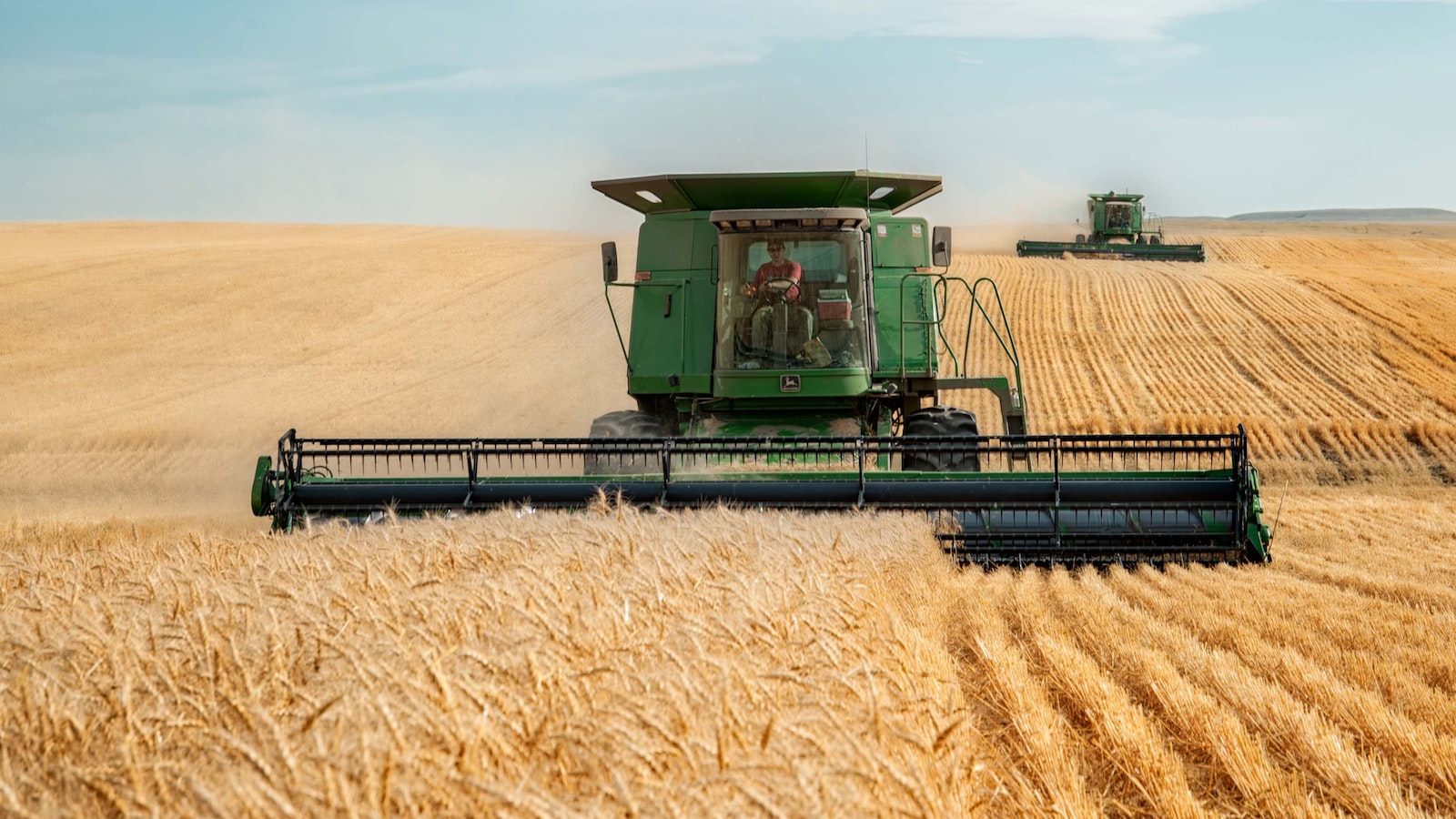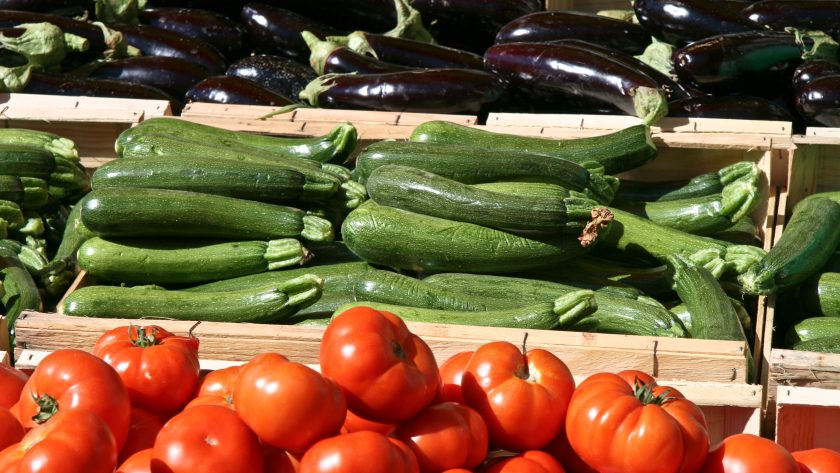In an age where urbanization has encased us within concrete jungles, the silent nourishment lost from the green fields seems but a distant dream. However, nature’s call to cultivate our very own vegetables and herbs need not be muffled by the confines of our dwellings any longer. Embark on an enchanting journey with us as we delve into the art of cultivating your own vegetables and herbs indoors. Unlock the secrets of cultivating a thriving indoor garden, where the symphony of sun-kissed leaves and the sweet aroma of freshly harvested produce permeate your home. With a touch of creativity and a sprinkle of green magic, discover the boundless possibilities that lie within your fingertips. Get ready to embrace a bountiful and sustainable world where even the smallest spaces can be transformed into vibrant oases, nurturing not only our appetite but our souls as well. Dive into this article and join us in reimagining the possibility of growing your own green haven indoors – a testament to the resilience of nature’s love for us and our own insatiable desire to be one with the earth.
Choosing the Right Plants for Indoor Cultivation: Exploring the Ideal Vegetables and Herbs for Indoor Gardening
Indoor gardening opens up a world of possibilities, allowing you to cultivate your own fresh vegetables and herbs right in the comfort of your home. Whether you have limited outdoor space, live in an urban apartment, or simply want to enjoy the rewards of nurturing plants indoors, choosing the right plants for indoor cultivation is key to a successful harvest.
When it comes to selecting the ideal vegetables and herbs for indoor gardening, there are a few factors to consider. First and foremost, opt for plants that thrive in low light conditions, as most indoor environments may not receive as much sunlight as outdoor gardens. Leafy greens like spinach, lettuce, and kale are excellent choices as they require minimal sunlight and can be grown in compact spaces. They also provide a rich source of vitamins and antioxidants for your culinary creations.
Additionally, herbs such as basil, chives, and mint are well-suited for indoor cultivation. These aromatic plants not only add incredible flavor to your dishes but also create a refreshing atmosphere in your home. To ensure successful growth, provide your indoor plants with proper drainage, as excess water can lead to root rot. Consider using well-draining soil and placing saucers beneath the pots to catch any excess water.
Lastly, it’s important to regularly monitor the moisture levels and temperature in your indoor garden. Avoid overwatering your plants, as this can cause their roots to rot. Conversely, ensure they receive enough hydration by misting the leaves and using a gentle watering technique. Maintaining a suitable temperature between 60 to 75 degrees Fahrenheit (15 to 24 degrees Celsius) will help your plants flourish.
With the right selection of plants and proper care, cultivating your own vegetables and herbs indoors can be a rewarding and fulfilling experience. So, embark on this botanical adventure and transform your home into a lush and vibrant oasis of fresh flavors.

Creating the Perfect Indoor Growing Environment: Tips and Tricks for Successful Cultivation
Are you ready to embark on the journey of cultivating your own vegetables and herbs indoors? With the right environment, you can create a flourishing indoor garden right in the comfort of your home. Whether you have limited outdoor space or simply want to have fresh produce all year round, creating the perfect indoor growing environment is the key to successful cultivation. Here are some tips and tricks to help you get started:
1. Choose the Right Location
Bright, indirect light is crucial for the growth of indoor plants. Find a spot near a window where your plants can receive at least 6 hours of sunlight each day. If natural light is limited, consider using artificial grow lights to supplement their needs.
2. Provide Adequate Ventilation
Good air circulation is important to prevent the growth of mold and mildew. Keep a fan nearby to maintain airflow, especially if you are growing plants in a closed-off space. This will also help strengthen the stems of your plants, making them more resilient to pests and diseases.
3. Select the Right Containers
Choose containers that have drainage holes to prevent overwatering. Opt for pots made of materials like terracotta or fabric, as they allow for proper air circulation and root development. Remember to use well-draining soil specifically formulated for indoor plants.
4. Maintain the Ideal Temperature and Humidity
Most vegetables and herbs thrive in temperatures between 60-75°F (15-24°C). Monitor the temperature closely and adjust accordingly. Additionally, maintaining a humidity level of around 40-60% is ideal for indoor plants. You can use a humidifier or place a tray of water near your plants to increase humidity.

Mastering the Art of Indoor Plant Care: Essential Techniques for Nurturing Healthy Veggies and Herbs
Growing your own vegetables and herbs indoors is not only a rewarding endeavor, but also a great way to have fresh produce at your fingertips year-round. With a little knowledge and some tender loving care, you can master the art of indoor plant care and enjoy a bountiful harvest from your very own indoor garden.
To ensure the success of your indoor garden, here are some essential techniques to keep in mind:
- Choose the Right Plants: Select vegetables and herbs that are well-suited for indoor growing, such as microgreens, salad greens, cherry tomatoes, and herbs like basil, parsley, and cilantro.
- Provide Adequate Light: Indoor plants rely on artificial light sources, such as fluorescent or LED lights, to mimic the sun. Ensure that your plants receive at least 12-16 hours of bright light each day.
- Establish Proper Watering Routine: Overwatering or underwatering can be detrimental to indoor plants. Create a watering schedule that allows the soil to dry slightly between waterings, ensuring good drainage and preventing root rot.
- Nourish Your Plants: Indoor plants need regular feeding to thrive. Use a balanced, water-soluble fertilizer specifically designed for indoor plants to provide the necessary nutrients they require.
- Monitor Temperature and Humidity: Most vegetables and herbs prefer a temperature range of 60-75°F (15-24°C). Keep the humidity levels between 40-60% to prevent mold growth and ensure optimal growth.
By practicing these essential techniques, you can cultivate your own vibrant and flourishing indoor garden, filled with delicious and nutritious vegetables and herbs. Whether you’re a seasoned gardener or a beginner, the satisfaction of nurturing your own indoor plants and harvesting fresh produce cannot be overstated. So, roll up your sleeves, get your hands dirty, and enjoy the wonders of growing your own veggies and herbs indoors!

Harvesting and Utilizing Your Indoor Bounty: Maximizing the Benefits of Homegrown Vegetables and Herbs
Once you have successfully grown your own vegetables and herbs indoors, it’s time to reap the rewards of your hard work and enjoy the bountiful harvest. The process of harvesting your homegrown produce not only ensures that you have a fresh supply of nutritious food, but it also allows you to fully experience the satisfaction of growing your own food. Here are some tips and techniques to help you maximize the benefits of your indoor bounty:
- Timing is key: Harvest your vegetables and herbs when they are at their peak of freshness and flavor. Different plants have different indicators for harvesting, such as the size, color, or texture. Research or consult gardening experts for specific guidance on each crop you have grown.
- Gentle handling: Treat your harvest with care to avoid damaging delicate leaves or bruising fruits. Use sharp scissors or pruners to cut herbs and leafy vegetables, while gently twisting or pulling mature vegetables from their stems or roots. This ensures that your produce remains at its best quality, flavor, and appearance.
- Optimal storage: After harvesting, be sure to store your vegetables and herbs properly to maintain their freshness and maximize their shelf life. Some produce can be stored in the fridge, while others prefer to be stored at room temperature. Consider using airtight containers or bags and storing delicate herbs in water or damp paper towels to keep them hydrated.
By following these tips for harvesting and utilizing your indoor bounty, you can enjoy the full benefits of homegrown vegetables and herbs. Not only will you have a constant supply of fresh, flavorful ingredients for your culinary creations, but you will also experience the satisfaction of growing your own food, fostering a deeper connection with the natural world.
As we reach the end of this article, we hope you’ve been inspired to embark on the fascinating journey of cultivating your own vegetables and herbs indoors. By now, you’ve learned about the benefits of indoor gardening, explored the various methods and techniques available, and discovered a world of possibilities right at your fingertips.
Imagine the delight of cooking with a pinch of basil or a handful of fresh, homegrown lettuce, plucked straight from your indoor garden. Picture the satisfaction of nurturing and witnessing the growth of your plants, knowing that you are providing them with the ideal conditions for flourishing. Indoor gardening is not just about self-sufficiency, but also about reconnecting with nature and finding solace in the presence of greenery.
From the challenge of understanding the perfect amount of sunlight or shade, to the pleasure of witnessing tiny seeds sprout and mature into thriving plants, every step in this journey is a leap towards a greener and more sustainable lifestyle.
So, as you venture forth into the realm of indoor gardening, take a moment to bask in the excitement of experimenting with different varieties of vegetables and herbs. Let your creativity roam free as you design your own indoor oasis, where the wonders of nature can thrive within the confines of your home.
Remember, indoor gardening is a craft that requires patience and dedication, but the rewards are truly bountiful. A world of flavors, scents, and vibrant colors awaits you as you cultivate your own little haven of green goodness.
We wish you the best of luck and hope that this article has provided you with insightful knowledge and a spark of inspiration. So go ahead, roll up your sleeves, and uncover the endless possibilities that lie in the art of cultivating your own vegetables and herbs indoors. Happy gardening!




